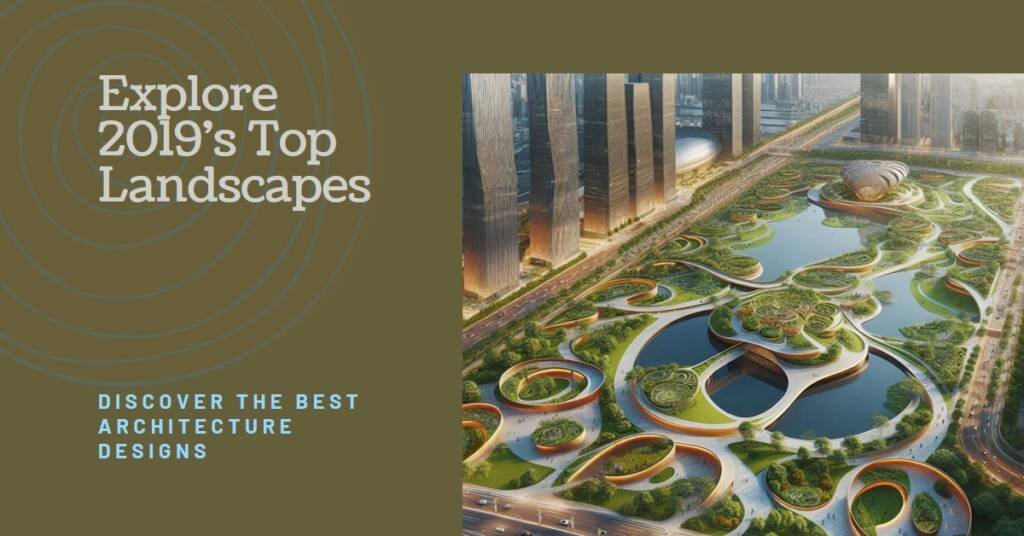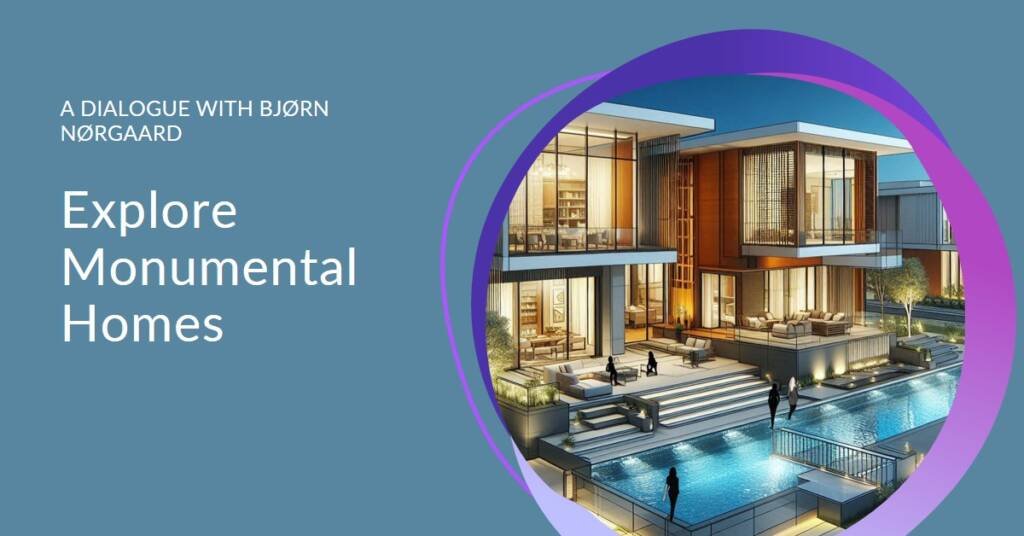
Table of Contents
- Introduction to Gokayama Cross Base
- Architectural Philosophy of YHA Architects
- Design Features of Gokayama Cross Base
- Sustainability in Architecture
- The Experience of Staying at Gokayama Cross Base
- Cultural Significance of Gokayama Cross Base
- Challenges Faced During Construction
- Visitor Testimonials and Reception
- Conclusion: The Future of Gokayama Cross Base
Introduction to Gokayama Cross Base
The Gokayama Cross Base, designed by YHA Architects, is a remarkable mountain retreat nestled in the scenic Gokayama region of Japan. This area, designated as a UNESCO World Heritage Site, is renowned for its traditional gassho-zukuri farmhouses and stunning natural landscapes that reflect Japan’s rich cultural heritage. The retreat itself serves as a sublime escape that harmoniously blends modern design with the breathtaking beauty of its surroundings.
Located in the remote mountainous regions of Toyama Prefecture, Gokayama is characterized by its steep hills, lush greenery, and the serene waters of the river that meander through the valley. The landscape is not only visually captivating but is also steeped in history, representing the lifestyle of the region’s inhabitants who have thrived in this challenging yet enchanting environment for generations. This backdrop provides the perfect setting for Gokayama Cross Base, which aims to create a sanctuary for visitors seeking an immersive experience in nature while enjoying the comforts of contemporary architecture.
As a mountain retreat, the Gokayama Cross Base acts as a cultural bridge, catering to both domestic and international guests. It offers patrons the opportunity to engage with the local culture, where traditional practices coexist with modern amenities. The architectural vision behind this project emphasizes sustainability, respect for the environment, and the integration of the natural landscape into the built form, making it a prime example of responsible architectural practice. This dedication to respecting the surroundings is not just limited to aesthetics but extends to the social and environmental aspects of the area, ensuring that the retreat is a harmonious addition to the Gokayama region.
Architectural Philosophy of YHA Architects
The architectural philosophy of YHA Architects is rooted in a profound respect for nature and a desire to harmoniously intertwine built environments with their natural landscapes. This design approach promotes the concept of architecture as an extension of the environment rather than a disruption to it. By prioritizing ecological considerations and local cultural elements, YHA Architects emphasizes the importance of creating spaces that resonate with their surroundings, reflecting the intrinsic qualities of the locale.
YHA Architects embrace a philosophy that seeks to minimize the ecological footprint of their projects. This is achieved through the use of sustainable materials, passive design strategies, and the thoughtful orientation of buildings. These elements work together to create structures that are energy-efficient and in tune with their climatic context. Such designs not only cater to present needs but also preserve the natural environment for future generations. The integration of renewable materials further enhances this sustainability ethos, ensuring that each project aligns with eco-friendly practices.
Another key aspect of YHA Architects’ philosophy is their commitment to cultural sensitivity. Each project is steeped in the local traditions and architectural vernacular, allowing them to develop structures that celebrate regional identity. YHA Architects collaborate with local communities to understand cultural nuances, which inform their designs and contribute to the creation of spaces that resonate deeply with the people who inhabit them. This approach fosters a sense of belonging and connection, bridging the gap between the past and present.
In conclusion, the architectural philosophy of YHA Architects is characterized by a harmonious blend of sustainability, cultural sensitivity, and respect for nature, which culminates in designs that are both functional and aesthetically pleasing. Their commitment to creating environments that reflect and enhance their surroundings is admirable, establishing a template for contemporary architecture grounded in ecological awareness and cultural relevance.
Design Features of Gokayama Cross Base
The Gokayama Cross Base, crafted by the innovative YHA Architects, presents a remarkable fusion of contemporary architecture and natural surroundings. At the heart of its design is the use of local materials that seamlessly blend with the mountainous landscape, enhancing the structure’s sustainability and aesthetic appeal. The predominant use of timber reflects the traditional architectural styles of the Gokayama region while also promoting environmental harmony.
The form of the Gokayama Cross Base is striking, characterized by clean lines and a minimalist approach that allows it to stand out without overwhelming its surroundings. The angular roof, designed to resemble the peaks of the nearby mountains, invites visitors to appreciate the stunning vistas of the Gokayama landscape. This thoughtful integration of form and function is evident in the way the building’s silhouette interacts with the natural contours of the terrain.
In terms of layout, the Gokayama Cross Base offers a thoughtful arrangement of spaces that enhances user experience and functionality. The open floor plan encourages fluid movement between living areas, fostering a sense of community among guests. Large windows and glass sliding doors facilitate an abundance of natural light, framing picturesque views and creating a connection between indoor and outdoor environments. Moreover, the careful positioning of these windows ensures that every room within the structure offers a unique perspective of the surrounding mountains.
Additional architectural details such as strategically placed overhangs not only enhance the aesthetic value of the building but also provide practical benefits, including protection from the elements and increased energy efficiency. This attention to detail reflects YHA Architects’ commitment to marrying functionality with beauty, resulting in a retreat that embodies the peaceful essence of its natural setting. The Gokayama Cross Base stands as a testament to thoughtful design that respects the landscape while providing modern amenities to its visitors.
Sustainability in Architecture
The Gokayama Cross Base, designed by YHA Architects, serves as a prime example of sustainable architecture, highlighting the integration of eco-friendly practices within modern design. The architects prioritized the use of sustainable materials, ensuring that the structure not only complements the natural surroundings but also promotes environmental stewardship. By sourcing locally available resources, YHA Architects effectively minimized transportation emissions and contributed to the local economy, showcasing how environmental responsibility can be seamlessly woven into construction practices.
In addition to material choices, the Gokayama Cross Base incorporates energy-efficient systems designed to reduce overall energy consumption. By utilizing advanced insulation techniques and passive solar design, the facility harnesses natural light and heat, thereby decreasing reliance on artificial heating and cooling systems. This strategic design choice allows the building to maintain a comfortable climate year-round, all while minimizing its carbon footprint. Furthermore, the placement of large windows invites sunlight into the interior spaces, enhancing the well-being of occupants and reducing the need for artificial lighting during daylight hours.
Water conservation is another integral component of the retreat’s sustainability initiatives. The installation of rainwater harvesting systems, combined with low-flow fixtures, significantly reduces water usage, creating a more responsible infrastructure. Additionally, native landscaping around the Gokayama Cross Base has been implemented to ensure that irrigation needs are minimal, thus fostering a resilient ecosystem that thrives without excessive water input. This approach not only promotes conservation but also enhances the biodiversity of the local area.
Ultimately, the sustainable practices employed by YHA Architects in the design of Gokayama Cross Base demonstrate a robust commitment to reducing environmental impact while creating a tranquil retreat that harmonizes with its surroundings. This project stands as a testament to the potential of sustainable architecture to fulfill aesthetic needs while addressing ecological concerns effectively.
The Experience of Staying at Gokayama Cross Base
When guests arrive at Gokayama Cross Base, they are immediately enveloped by the serene beauty that defines this mountain retreat. Nestled amid the stunning Gokayama region, this establishment offers a unique opportunity to immerse oneself in nature while enjoying modern comforts. The accommodations are thoughtfully designed, featuring a blend of traditional and contemporary styles that reflect the surrounding environment. Each room provides breathtaking views of the mountains and valleys, creating a peaceful sanctuary for relaxation.
The amenities at Gokayama Cross Base are tailored to enhance the overall experience of the guests. Common areas are equipped with cozy seating arrangements, ideal for socializing or simply enjoying the serene ambiance. The retreat also emphasizes sustainability; many facilities utilize eco-friendly practices which resonate with the natural ethos of the area. Guests can partake in organized activities that promote a deeper appreciation for the local ecosystem, such as guided nature walks and outdoor workshops. These opportunities encourage visitors to connect with both the landscape and each other, fostering a sense of community.
The overall atmosphere at Gokayama Cross Base is one of tranquility and rejuvenation. The quiet nights, filled with the sounds of nature and the starry sky, create a perfect backdrop for reflection. Mornings can be spent sipping coffee on private balconies, enveloped in the fresh mountain air, while afternoons offer the chance to explore the picturesque trails that meander through the surrounding greenery. Each aspect of the stay is designed to provide a restorative experience, ensuring that guests leave feeling revitalized and inspired. This mountain retreat stands out as a sanctuary for those seeking a harmonious blend of nature, comfort, and mindful living.
Cultural Significance of Gokayama Cross Base
The Gokayama Cross Base stands as an emblem of architectural synthesis, seamlessly integrating traditional Japanese building techniques with modern design principles. Located in the Gokayama region, this structure reflects a deep-seated respect for local heritage while also embracing contemporary architectural ideologies. The retreat not only serves as a destination for travelers but also symbolizes the cultural narrative of its locale, highlighting the historical context in which it was conceived.
This mountain retreat is rooted in the unique architectural heritage of Gokayama, known for its well-preserved gassho-zukuri farmhouses, which utilize steep thatched roofs to withstand heavy snowfall. The Gokayama Cross Base pays homage to these traditional styles through the thoughtful use of natural materials, such as wood and stone, that are indigenous to the area. By employing local craftsmanship, the retreat encapsulates the spirit of the Gokayama region, fostering a sense of place, identity, and continuity.
Challenges Faced During Construction
The construction of the Gokayama Cross Base presented numerous challenges that required careful consideration and innovative solutions. One of the primary technical difficulties stemmed from the region’s mountainous terrain. The site was characterized by steep slopes and uneven ground, which posed significant challenges for the foundation and structural stability. Collaborating with geotechnical engineers, YHA Architects implemented specialized techniques to ensure that the foundation was secure and capable of withstanding both the natural elements and the weight of the building.
Environmental considerations were also paramount during the construction process. Gokayama, recognized for its rich biodiversity and delicate ecosystem, necessitated a meticulous approach to construction. YHA Architects prioritized minimizing the ecological footprint of the project. They conducted extensive environmental impact assessments to identify potential risks to the local flora and fauna. Incorporating sustainable building practices, such as selecting low-impact materials and adhering to eco-friendly construction methods, allowed the team to mitigate adverse environmental effects while still achieving their design goals.
Logistical issues further complicated the construction efforts. The remote location of the Gokayama Cross Base made transportation of materials a significant concern. Difficult access routes meant that heavy machinery and building supplies could not be easily transported to the site. In response, YHA Architects developed a comprehensive logistics plan that included the use of smaller vehicles and careful scheduling to ensure that deliveries could occur without disrupting the surrounding environment.By coordinating closely with suppliers and local agencies, the team streamlined the construction process and maintained a steady progress despite the logistical challenges.
These combined challenges underscored the adaptability and expertise of YHA Architects, who successfully navigated the complexities of constructing a retreat that harmonizes with its natural surroundings while addressing practical construction issues.
Visitor Testimonials and Reception
The Gokayama Cross Base has received a variety of testimonials from visitors who have experienced the unique offerings of this architectural marvel. The structure, designed by YHA Architects, has captivated many, blending seamlessly with the stunning mountainous landscape. Visitors often describe their stay as a transformative experience, highlighting the serene atmosphere and striking design that evokes a sense of tranquility.
One visitor remarked, “The moment I stepped into Gokayama Cross Base, I felt an immediate connection to nature. The design is a perfect harmony of modern architecture and organic elements, which enhances the overall experience.” Such sentiments have been echoed by numerous guests who appreciate the retreat’s commitment to using sustainable materials and integrating the building with its environment. This alignment with nature has become a focal point in many reviews, showcasing how the architecture itself elevates their stay.
Conversely, constructive feedback has also surfaced from visitors. A few visitors have pointed out that while the remote location adds to the allure, it may also present challenges in accessibility and amenities. One guest mentioned, “While the isolation is beautiful, getting to the retreat can be a bit difficult, particularly for those not accustomed to mountainous terrain.” This observation represents a valuable perspective for both future visitors and the architectural community, indicating areas that could benefit from improvement.
Overall, the response to Gokayama Cross Base has been overwhelmingly positive, with guests appreciating the fusion of architecture and nature, alongside constructive critiques that highlight potential areas for enhancement. This balanced feedback will help YHA Architects continue to refine their approach, ensuring that the retreat maintains its reputation as a stunning and inviting destination in the mountains.


Conclusion: The Future of Gokayama Cross Base
The Gokayama Cross Base stands as a remarkable testament to innovative architecture that harmoniously integrates with its natural surroundings. Designed by YHA Architects, this striking retreat not only serves as a functional space for tourism and recreation but also as a symbol of sustainable architectural practice. The project embraces the principles of eco-friendly construction, utilizing locally sourced materials and energy-efficient designs that minimize the carbon footprint. This alignment with environmental concerns is essential in today’s context where sustainability is a growing priority across various sectors.
Moreover, Gokayama Cross Base sets a precedent for future developments in the realm of tourism. By demonstrating how architecture can coexist with nature, it inspires similar projects that prioritize a deep respect for the environment. The successful blending of modern design with traditional elements within the mountain landscape underscores the importance of cultural sensitivity in architectural endeavors. As a result, Gokayama Cross Base may influence other architects and developers to embrace designs that not only meet aesthetic standards but also contribute positively to the ecosystem.
Looking ahead, the Gokayama Cross Base serves as a potential model for future retreats that aspire to achieve a balance between human needs and environmental preservation. This project emphasizes that the future of tourism can be reimagined, focusing on wellness, serenity, and a connection to nature. In fostering this physically and emotionally restorative experience, it encourages visitors to engage with their surroundings meaningfully. Overall, Gokayama Cross Base heralds a promising direction for future architectural projects that prioritize sustainability and the celebration of natural landscapes, paving the way for a new era in eco-conscious design.


